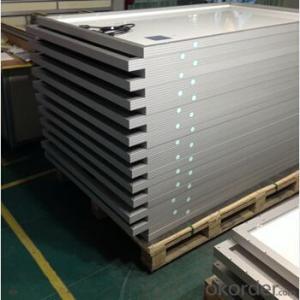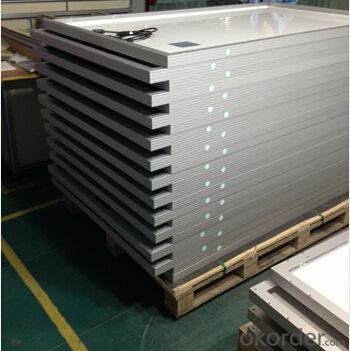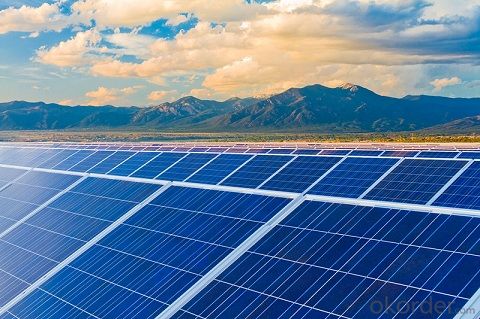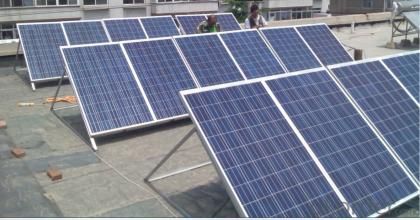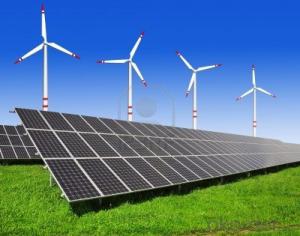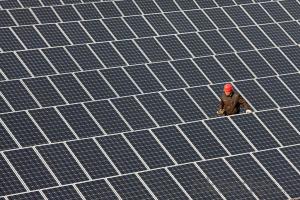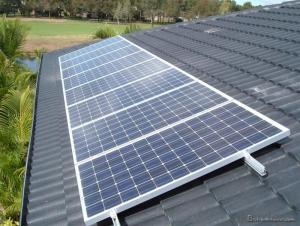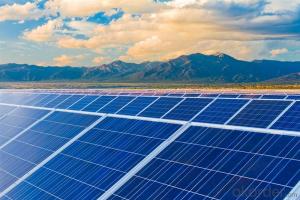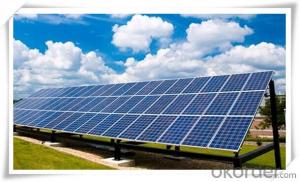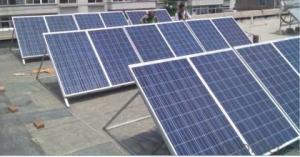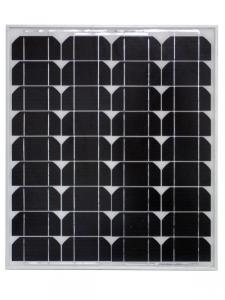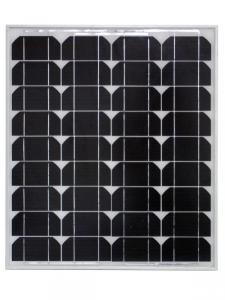Tesla Solar Panels and Powerwall - CE and TUV Approved 265W Mono Solar Panel
- Loading Port:
- Shanghai
- Payment Terms:
- TT OR LC
- Min Order Qty:
- 10000 watt
- Supply Capability:
- 1000000 watt/month
OKorder Service Pledge
OKorder Financial Service
You Might Also Like
Specification
1. Detailed Introduction for Mono solar panel
Type | CNBM Solar Monocrystalline Series |
Materials | Silicon |
Guarantee | 12 yrs free from defects in materials and workmanship No less than 90% within 10yrs and no less than 80% within 25yrs TUV(IEC61215&IEC61730), CE, UL |
Application | Photovoltaic/ solar/ green energy/ energy saving |
Descriptions | 1.High efficiency crystalline silicon solar cell. Even if under the weak light, the solar module can produce maximum power output. 2.Tempered glass (toughened glass): Anti-reflecting coating and high transmission rate glass increase the power output and mechanical strength of solar module. 3. EVA and TPT: Using high quality EVA and TPT to prevent destroying and water. 4. AI frame: Without screw, rner connection. 6 holes on the frame can be installed easily. 5. Junction box: Multi function junction box with water proof. 6. Long lifetime: ≥25 years; Less power decrease. 7. Good performance of preventing from atrocious weather such as wind and hails. 8. Resisting moisture and etching effectively, not effected by geology. 9. The certificate issued by international authority: UL, TUV, IEC, CE.
|
Packaging Details: | 26pcs/pallet, 28pallets/ 40HQ Our solar panels are packed in cartons, and then pallet. Shipping by sea or by air are both ok, it up to customer’s chose. We’d like to inquiry the freight cost for customer after be informed exact quantity and destination address. |
2. Technology
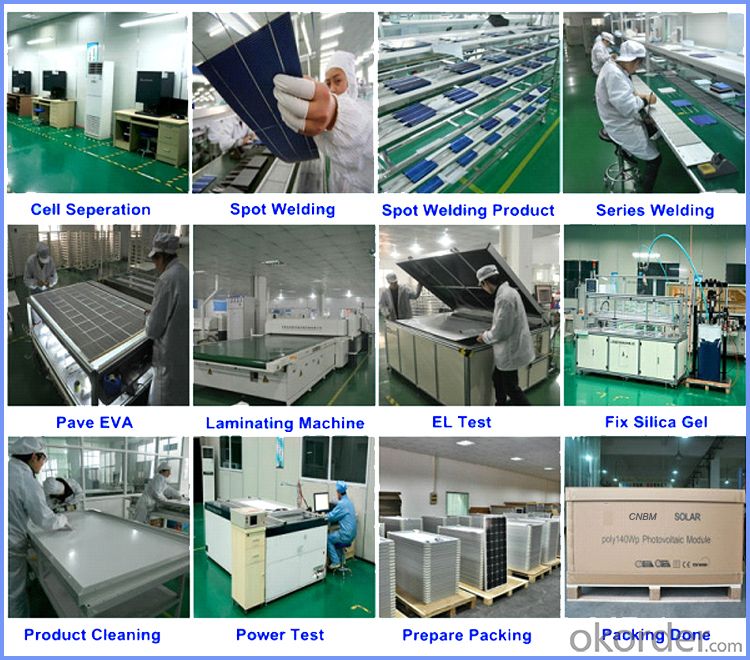
3. Use For
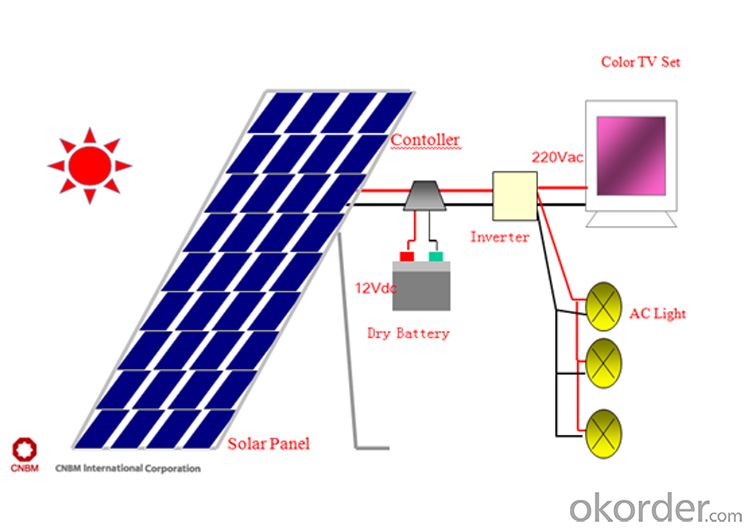
4. The Pictures of the Products
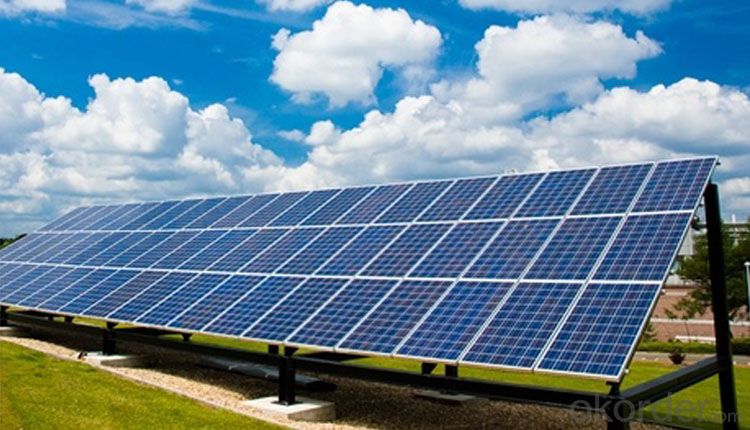
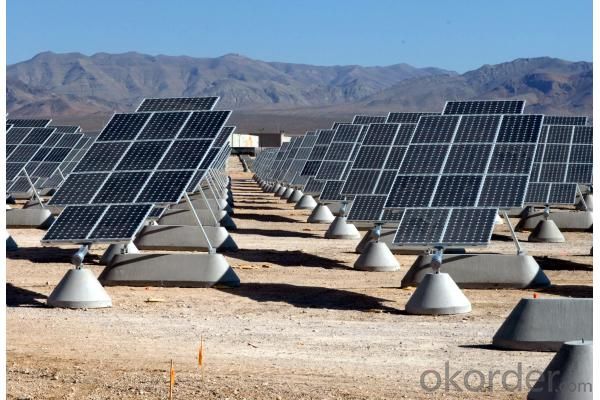
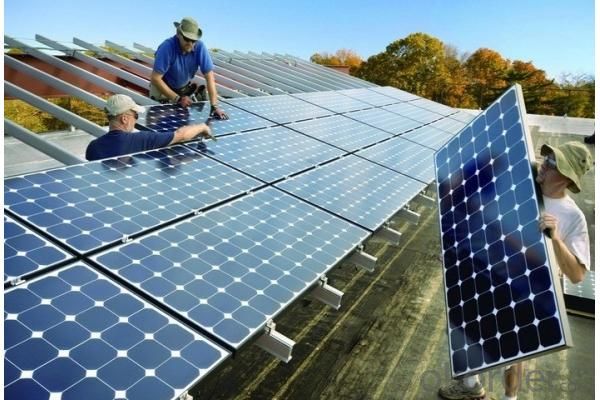
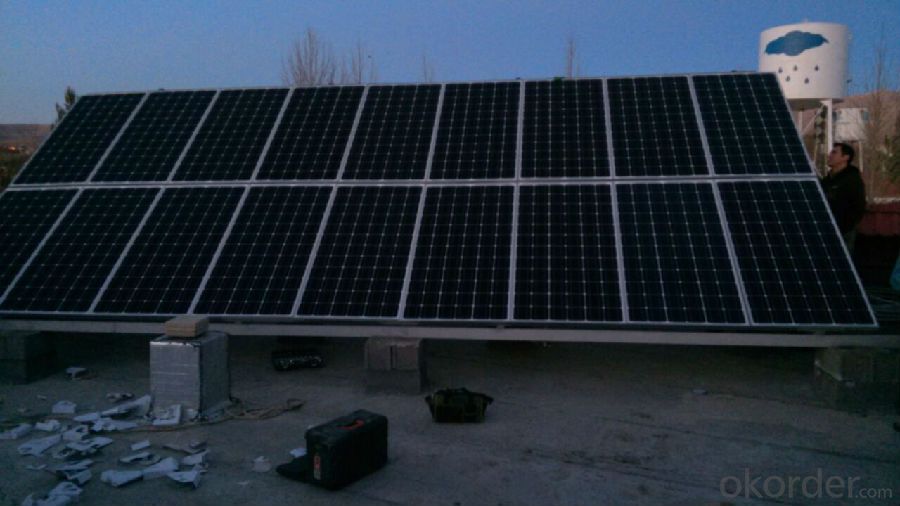
5. Packing Details
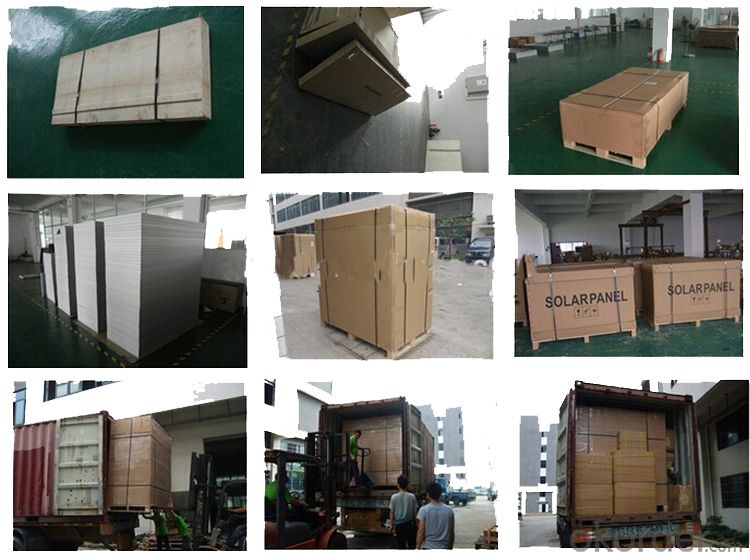
6. FAQ
1). Warranty
Our product performance guarantees for 25 years
12 years guarantee for workmanship
Timeliness of delivery
Quality Products certified (TÜV, UL, CE, ISO)
2). Can you tell me the parameter of your solar panels?
We have different series of cells with different power output, both from c-si to a-si. Please take our specification sheet for your reference.
3). How long can we receive the product after purchase?
In the purchase of product within three working days, We will arrange the factory delivery as soon as possible.
The pecific time of receiving is related to the state and position of customers.Commonly 7 to 10 working days can be served.
- Q: I read on CNN's website last year some company was creating a very cheap type of solar panel, that needs minimal maintenance and and has minimal glare from the sun. And the creator of the project said he one day wanted to cover every rooftop in the US with these solar panels. Seems like a good idea to me but I havent heared anything of it for a long time and I don't know what they are called... any help?
- The most cost-effective solution, which the vast majority of new installs use today, is solar alongside the regular power company. That way, you need no batteries, and if the solar array isn't producing enough at any given time, you draw from the electric company. When the array is producing more than you need, instead of just throwing that power away, the power company buys it (usually). In short, yes, you will still have an electric bill, but a smaller one. On our house, the electric bill was a little less than $5 a month, with an end-of-year settlement of an additional $2. How much does it cost? Unfortunately, that's like asking how much personal transportation costs. Some people need a van to transport the kids to soccer, some may get by with a motorcycle, others may need only a bicycle. The best thing is to contact a professional installer to get a quote based on your location and electrical usage. Solar electric does not make financial sense in all areas. Our array cost $2,000 but don't use that as a guide. Yours might be 0 times that, or half that, depending on your area and needs.
- Q: how much do you think it would cost for installation?i heard that solar panels can store electricity and any excess electricity gets sold back to the electric company. how much money can a home owner make from doing this?do you think solar panels are worth it?
- Almost sure that you will discover everything related solar power at www.okorder .
- Q: How do solar panels affect the property's curb appeal?
- Solar panels can enhance the curb appeal of a property by providing a modern and sustainable aesthetic. They showcase the homeowner's commitment to renewable energy, which is increasingly valued by prospective buyers.
- Q: I need to find a way to clean solar panels that automated, at best;A way beside using a large 'squeegee'
- Automating okorder /
- Q: Can solar panels be installed on rooftop gardens or green roofs?
- Yes, solar panels can be installed on rooftop gardens or green roofs. In fact, these locations can provide an ideal setting for solar panel installation as they often receive ample sunlight due to their elevated position and minimal shading. Additionally, the vegetation and greenery on these rooftops can help with temperature regulation and improve the overall efficiency of the solar panels.
- Q: How much space is needed to install solar panels?
- The amount of space needed to install solar panels varies depending on factors such as the size of the panels, the efficiency of the system, and the energy requirements of the property. On average, a typical residential solar panel system requires about 100-400 square feet of roof space per kilowatt of installed capacity. However, it's important to consult with a solar installer to determine the specific space requirements for your property.
- Q: Can solar panels be installed on remote or off-grid locations?
- Yes, solar panels can be installed on remote or off-grid locations. In fact, off-grid installations are quite common for solar panels as they can provide a reliable and sustainable source of electricity without the need for a connection to the traditional power grid. The advancements in solar technology and the availability of battery storage systems have made it possible to generate and store electricity in remote areas, making solar panels an excellent choice for powering isolated locations.
- Q: Can solar panels be installed on bridges or highways?
- Yes, solar panels can be installed on bridges or highways. In fact, there are several projects around the world where solar panels have been installed on bridges and highway infrastructure. These installations not only generate clean energy but also utilize underutilized spaces, contributing to sustainable and efficient use of resources.
- Q: Harbor Freight sells a 75 watt solar panel, a surge power inverter, and deep charge batteries. But no one there can tell me how to put it all together. I want the end output to be a simple power bar that I can plug my devices into. I live in an apartment so I can not wire it directly into the grid. Please only serious responses. Don't waste your time and mine.
- I would not buy Harbor Freights Chinese made Solar kits-I tried one and don't think it produces enough power to run a flashlite
- Q: Can solar panels be damaged by hail?
- Yes, solar panels can be damaged by hail. Hailstones can cause cracks or breaks in the glass surface of solar panels, potentially reducing their efficiency or causing them to stop working altogether. However, the extent of damage largely depends on the size and intensity of the hailstorm, as well as the quality and durability of the solar panels.
Send your message to us
Tesla Solar Panels and Powerwall - CE and TUV Approved 265W Mono Solar Panel
- Loading Port:
- Shanghai
- Payment Terms:
- TT OR LC
- Min Order Qty:
- 10000 watt
- Supply Capability:
- 1000000 watt/month
OKorder Service Pledge
OKorder Financial Service
Similar products
Hot products
Hot Searches
Related keywords
